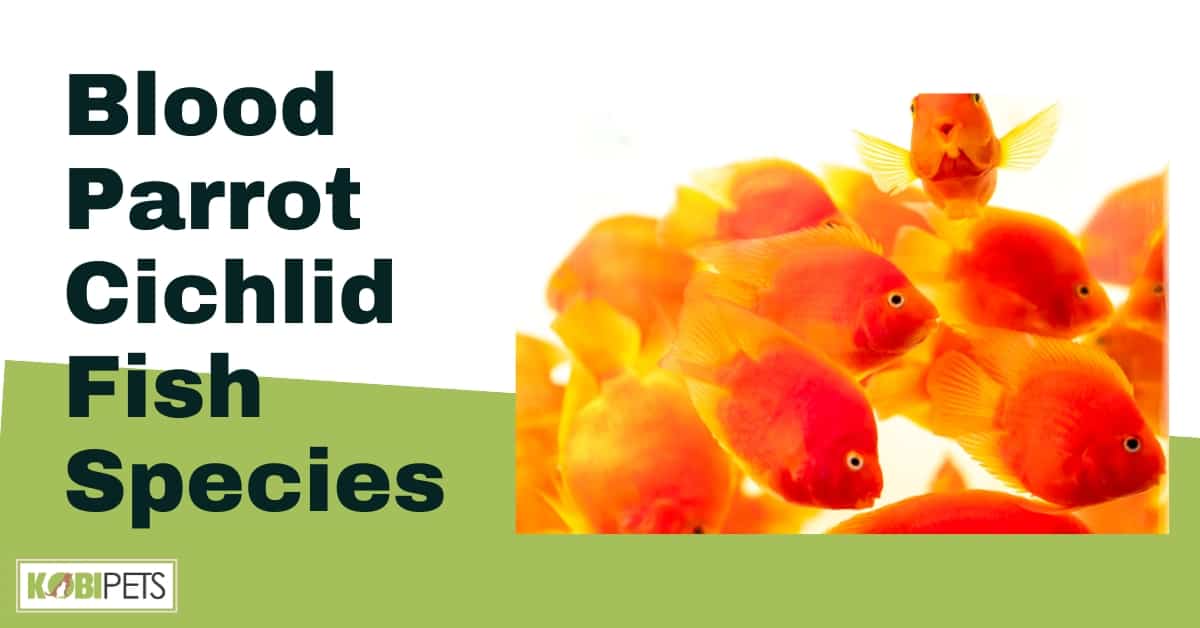
The Blood Parrot Cichlid fish is a hybrid species of freshwater aquarium fish that has become increasingly popular in recent years due to its appealing appearance. Originating from unknown sources, it is likely the result of a cross between multiple species of cichlid.
The Blood Parrot Cichlid (Hoplarchus Psittacus) is a hybrid species of fish that was first created in Taiwan around the mid-1980s. These fish are generally peaceful but can become aggressive when kept in small tanks or with other aggressive species.
It is distinguishable by its bright orange-red color and rounded body shape, making it an attractive choice for home aquariums. Its diet entails high-quality pellet food, and what’s more, they are known to be highly adaptable to different water conditions.
With these qualities, the Blood Parrot Cichlid can certainly make a wonderful addition to any home aquascape!
Origin and Habitat of Blood Parrot Cichlid Fish
The Blood Parrot Cichlid is a hybrid species of fish that was first created in Taiwan around the mid-1980s. It is a combination of two Central American cichlid species, the Midas cichlid and the Redhead cichlid.
It is native to South America and can be found in freshwater habitats such as rivers, streams, lakes, and ponds.
The Blood Parrot Cichlid has an oval body shape with a bright red coloration on its head and body.
It has a large mouth with thick lips and protruding eyes that give it a unique appearance. Its diet consists mainly of small insects, worms, crustaceans, and plant matter.
It is an omnivore that prefers to live in groups of three or more individuals. They are relatively hardy fish that can tolerate a wide variety of temperatures from 72–82°F (22–28°C) and pH between 6.5–8.0.
They are peaceful fish but may become aggressive when kept with other species or if they feel threatened.
In conclusion, the Blood Parrot Cichlid is an interesting hybrid species of fish that was first created in Taiwan around the mid-1980s by breeding two Central American cichlids together.
It is native to South America and lives in freshwater habitats such as rivers, streams, lakes, and ponds where it feeds on small insects, worms, crustaceans, and plant matter. The Blood Parrot Cichlid is relatively hardy but may become aggressive if kept with other species or if it feels threatened.
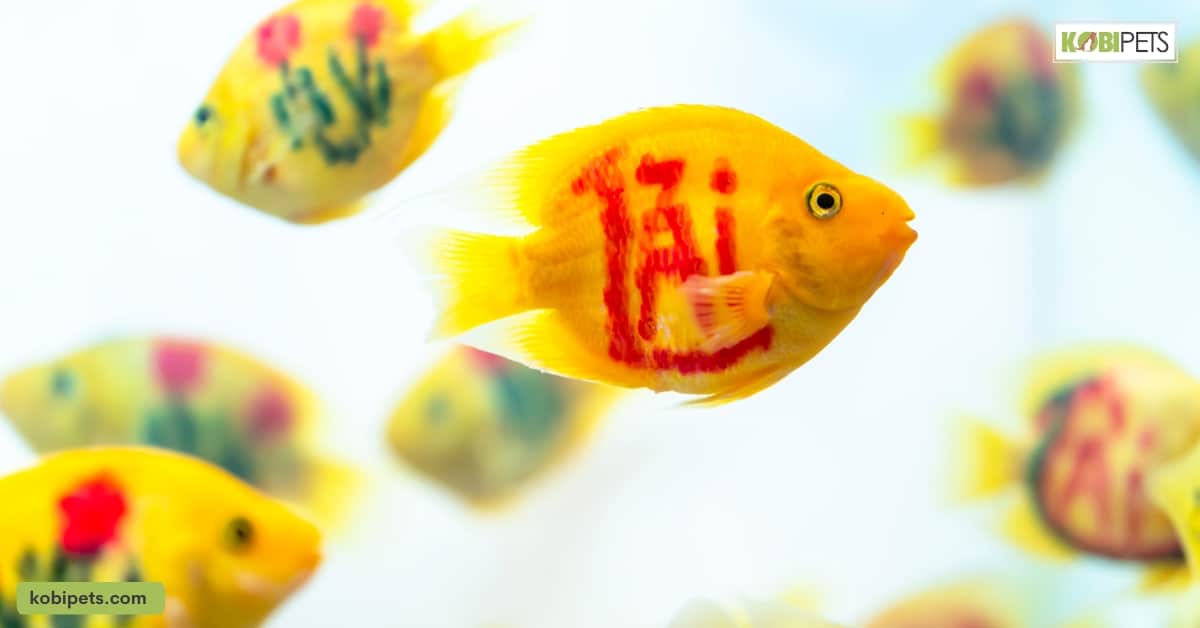
Appearance and Physical Characteristics
The Blood Parrot Cichlid Fish is a hybrid species that was developed by crossbreeding different species of cichlid fish. The appearance of the Blood Parrot Cichlid can vary widely depending on the particular hybridization and genetic traits of the individual fish.
Generally, Blood Parrot Cichlids are medium to large-sized fish with rounded bodies and distinctly humped heads. The fish has a unique appearance with a protruding mouth and a set of fused jaws that cannot open fully.
This gives the fish a somewhat comical expression, with the fish often appearing to be “smiling.”
The coloration of the Blood Parrot Cichlid is one of its most striking features. The fish can display a range of vibrant colors, including bright oranges, yellows, pinks, and reds, sometimes with streaks of white or black.
Some fish may also display a mottled or marbled appearance, with a mixture of different colors and patterns.
Blood Parrot Cichlids are typically 6-8 inches in length, although they can grow larger in the right conditions. Males tend to be slightly larger and more brightly colored than females, although the differences are often subtle.
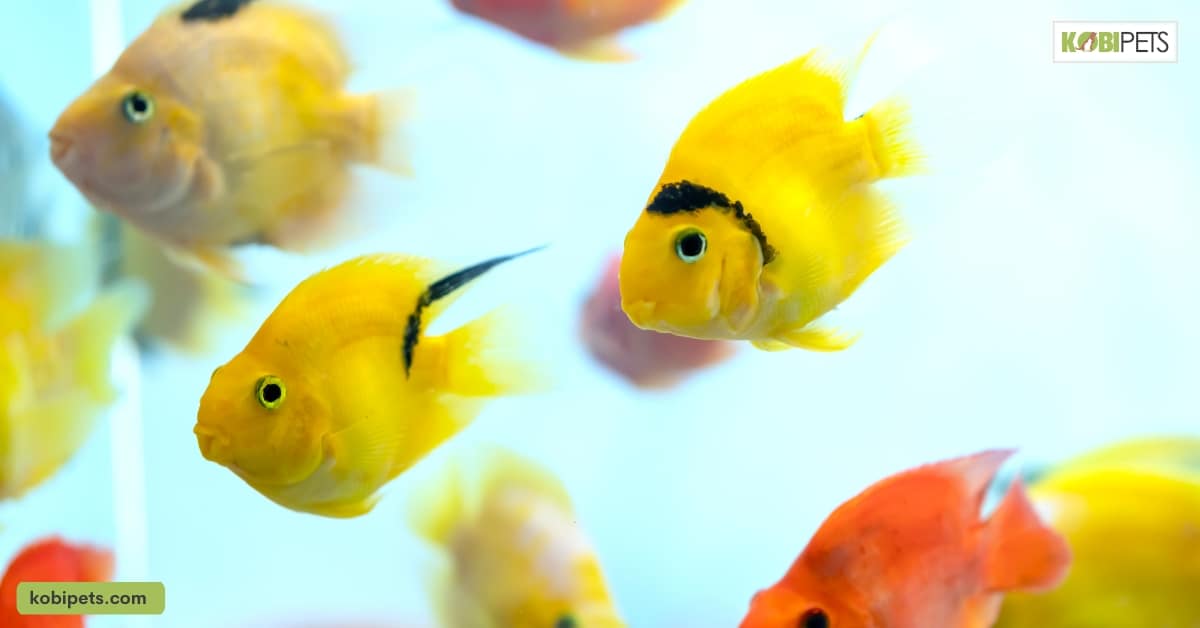
Behavior and Temperament of Blood Parrot Cichlid Fish
temperaments. One popular variety is the Blood Parrot Cichlid, which is known for its bright colors and interesting behavior.
This species is generally peaceful but can become aggressive when kept in small tanks or with other aggressive species.
When it comes to behavior, Blood Parrot Cichlids are social creatures that prefer to live in groups. They will often form pairs and establish territories within their tank.
They also enjoy playing with toys and interacting with their owners.
In terms of temperament, Blood Parrot Cichlids are generally gentle and easy-going.
They do not tend to be overly aggressive towards other fish, but they can become territorial if they feel threatened or if there is not enough space in the tank for them to establish their own territory.
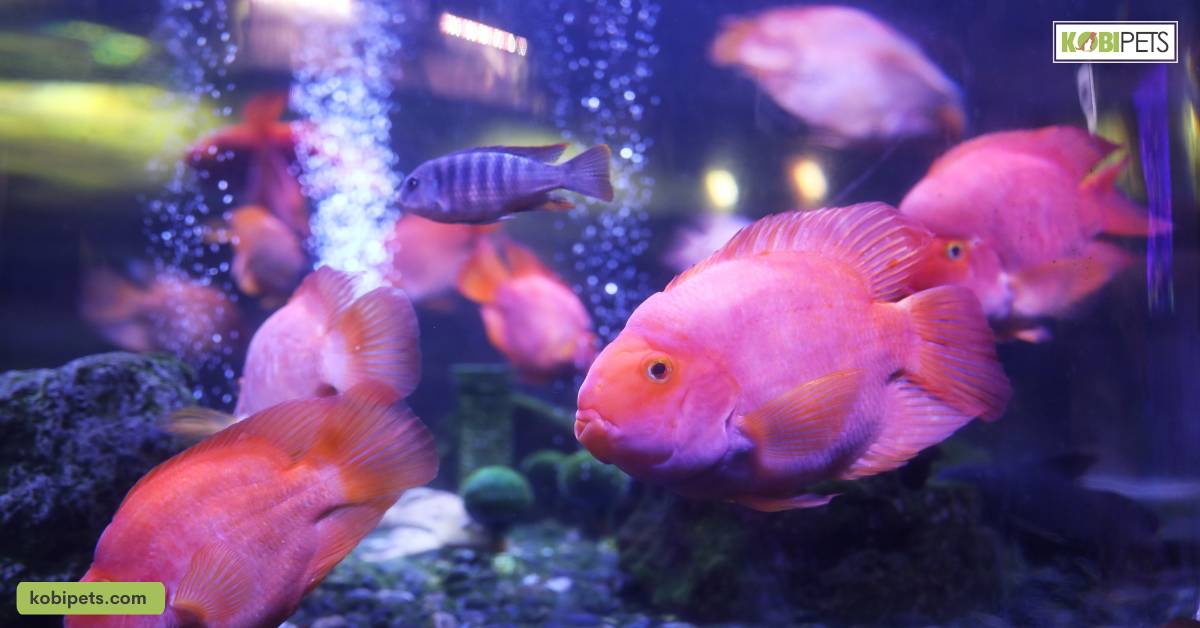
Tank Requirements for Blood Parrot Cichlid Fish
Keeping a Blood Parrot Cichlid healthy and happy requires a properly set-up tank environment. These fish need a minimum of 20 gallons of water with plenty of hiding places such as rocks, driftwood, and plants.
They also prefer slightly acidic water that is between 75°F to 82°F (24°C – 28°C).
Blood Parrot Cichlids need good filtration and regular water changes in order to stay healthy. Keep their tanks clean by using an aquarium vacuum twice a week or use chemical filtration like zeolite for ammonia and nitrates.
In addition, keep the pH levels stable by adding buffers like sodium bicarbonate or driftwood.
When it comes to the substrate, sand works best for these fish since they do not have scales and can easily get injured on sharp gravel. Use smooth rounded pebbles or aquarium-safe stones for decoration.
Be sure to include some caves and shady areas for them to hide in as these fish are shy and may hide if feeling threatened or stressed out.
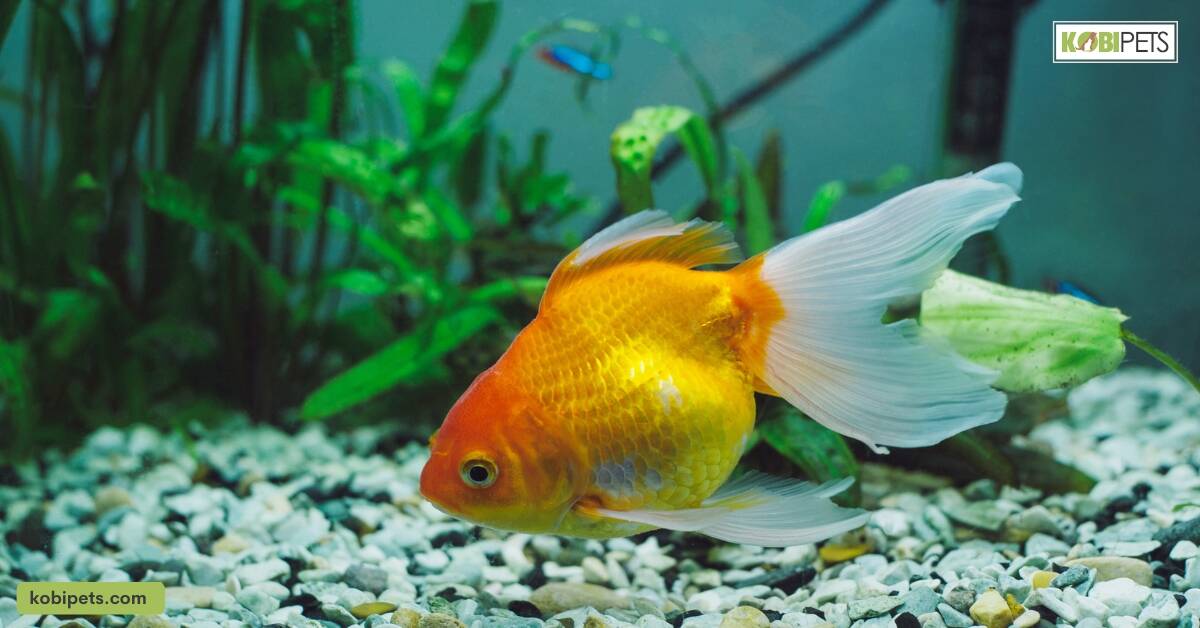
Feeding and Nutrition of Blood Parrot Cichlid Fish
Blood Parrot Cichlid Fish are omnivores and will eat a variety of different foods in the wild, including insects, crustaceans, and plant matter.
In captivity, it is important to provide a balanced diet that includes both animal and plant-based foods to ensure the fish receive all the necessary nutrients.
Commercial fish food pellets or flakes that are designed specifically for cichlid fish are a good option for providing a balanced diet. These foods often contain a mix of proteins, carbohydrates, and vitamins that are essential for the health and well-being of the fish.
It is important to choose high-quality fish food that is appropriate for the size and age of the fish.
In addition to commercial fish food, Blood Parrot Cichlid Fish will also enjoy live or frozen foods, such as brine shrimp, bloodworms, and krill. These foods can be given as a treat or to supplement the fish’s diet.
It is important to avoid overfeeding Blood Parrot Cichlid Fish, as they have a tendency to become overweight and develop health problems as a result.
A good rule of thumb is to feed the fish only as much as they can consume in a few minutes, two to three times a day.
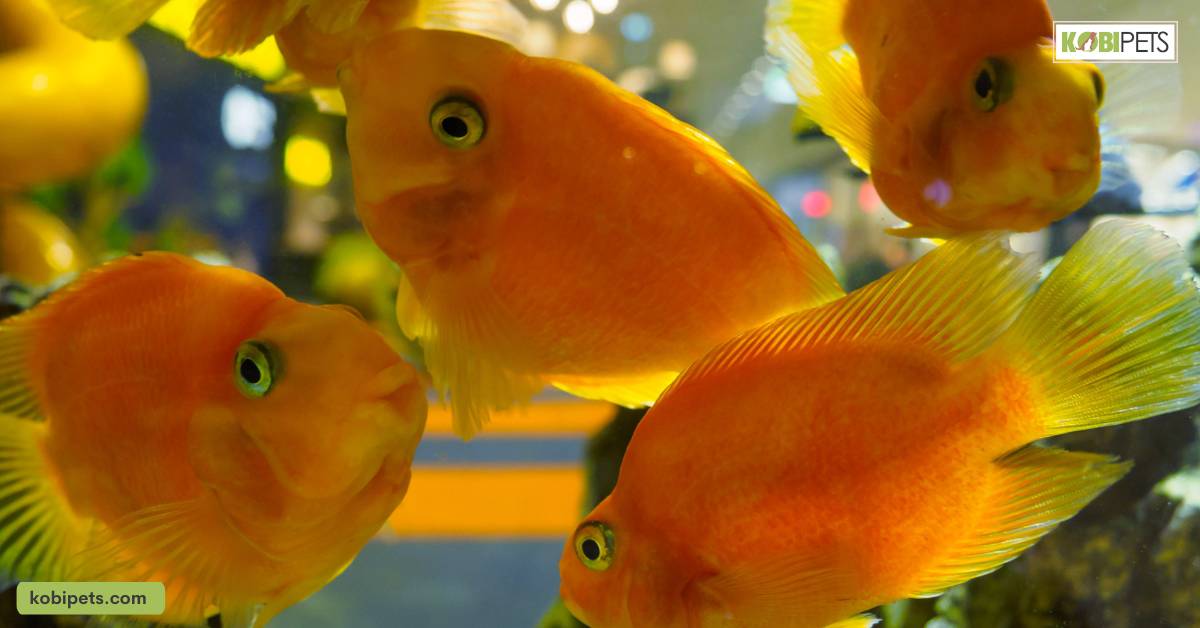
Breeding and Reproduction of Blood Parrot Cichlid Fish
Breeding and reproduction of Blood Parrot Cichlid Fish can be a challenging process. While these fish do spawn often, complete infertility is the norm. This means that it is unlikely for a pair of Blood Parrot Cichlids to successfully produce offspring.
However, there have been reports that the females may be fertile and that they can cross with other non-hybrid fish such as Convicts, Severus, and Midas.
In order to increase the chances of successful breeding, it is important to create an optimal environment for the fish. This includes providing them with plenty of space, good water quality, and a diet rich in vitamins and minerals.
Additionally, it is important to ensure that the male and female are compatible partners by observing their behavior toward one another.
Although breeding Blood Parrot Cichlids can be difficult, it is still possible with proper care and attention. With some patience and dedication, you may be able to witness these unique species reproduce in your own aquarium!
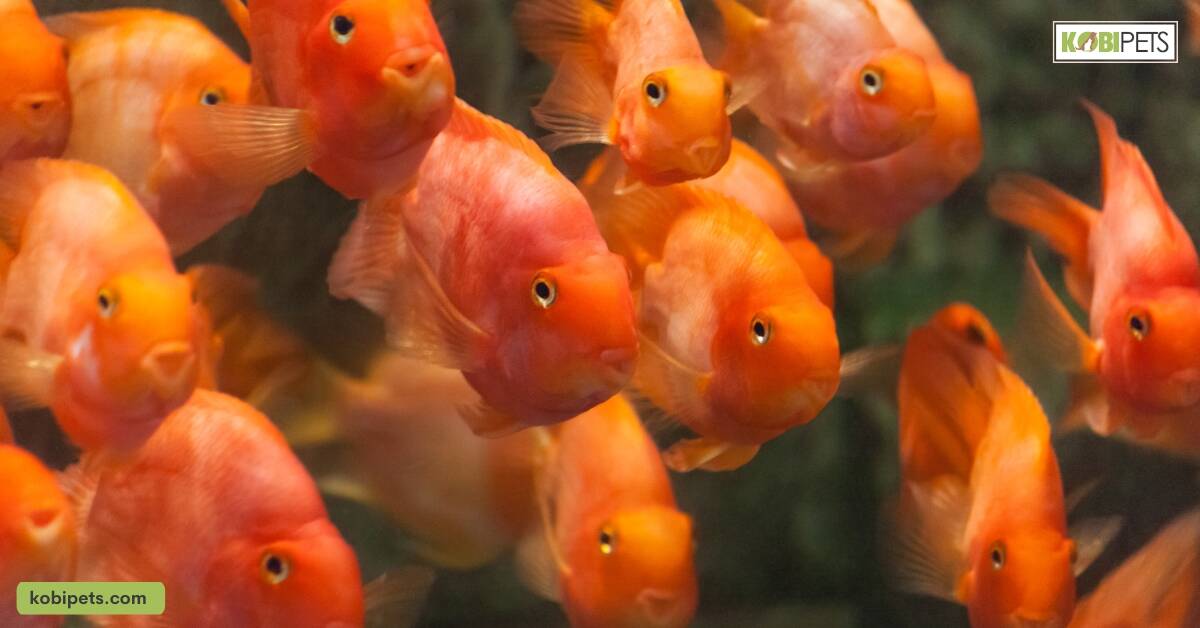
Common Health Issues of Blood Parrot Cichlid Fish
Blood Parrot Cichlids are a popular type of aquarium fish, but they can be prone to certain health issues. The most common diseases that Blood Parrot Fish get infected with are Ich, Swim Bladder Issues, and Stress Spots.
Ich is a parasitic infection caused by protozoan parasites that attach themselves to the fish’s skin and gills. Symptoms include white spots on the body and fins, as well as increased mucus production.
Swim Bladder Disease is caused by an imbalance in the swim bladder which affects the fish’s ability to maintain buoyancy in the water. Symptoms include difficulty swimming or floating upside down.
Stress Spots are caused by stress or poor water quality and appear as dark spots on the body of the fish.
In addition to these common diseases, Blood Parrot Cichlids can also be susceptible to other infections such as Flukes, Fungal Infections, Bacterial infections, and Black Spot diseases.
Flukes are small parasites that attach themselves to the gills of the fish and cause irritation and inflammation.
Fungal infections can occur due to injuries from rocks or coarse substrate and appear as white patches on the skin of the fish.
Bacterial infection can cause white to grayish spots, blood spots, and sores on the skin, as well as infections around the anus of the fish. Lastly, Black Spot Disease is a parasitic infection caused by a protozoan called blackspot flagellate which appears as small black spots on the body of the fish.
It is important for owners of Blood Parrot Cichlids to monitor their water quality regularly in order to prevent any health issues from occurring in their tanks.
If any signs of disease are noticed it is important to take action immediately in order to prevent the further spread of infection throughout your tank population.
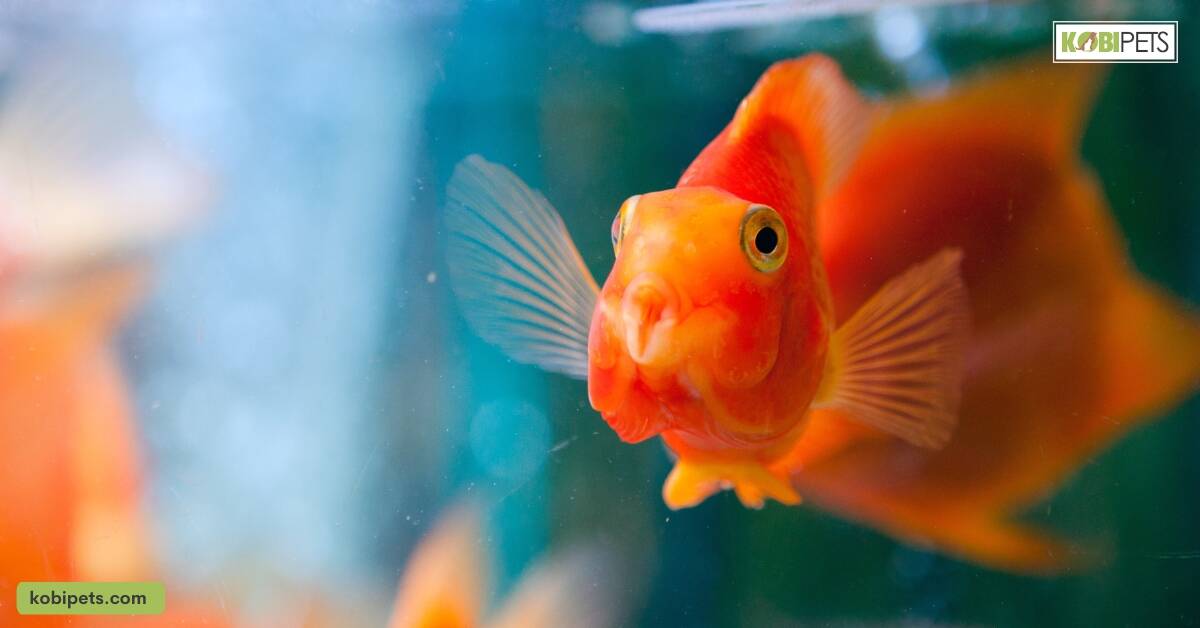
Compatibility with Other Fish Species
Blood Parrot Cichlids are a popular type of aquarium fish, but they can be prone to certain health issues. The most common diseases that Blood Parrot Fish get infected with are Ich, Swim Bladder Issues, and Stress Spots.
Ich is a parasitic infection caused by protozoan parasites that attach themselves to the fish’s skin and gills. Symptoms include white spots on the body and fins, as well as increased mucus production. Swim Bladder Disease is caused by an imbalance in the swim bladder which affects the fish’s ability to maintain buoyancy in the water.
Symptoms include difficulty swimming or floating upside down. Stress Spots are caused by stress or poor water quality and appear as dark spots on the body of the fish.
In addition to these common diseases, Blood Parrot Cichlids can also be susceptible to other infections such as Flukes, Fungal Infections, Bacterial infections, and Black Spot diseases.
Flukes are small parasites that attach themselves to the gills of the fish and cause irritation and inflammation. Fungal infections can occur due to injuries from rocks or coarse substrate and appear as white patches on the skin of the fish.
Bacterial infection can cause white to grayish spots, blood spots, and sores on the skin, as well as infections around the anus of the fish. Lastly, Black Spot Disease is a parasitic infection caused by a protozoan called blackspot flagellate which appears as small black spots on the body of the fish.
It is important for owners of Blood Parrot Cichlids to monitor their water quality regularly in order to prevent any health issues from occurring in their tanks.
If any signs of disease are noticed it is important to take action immediately in order to prevent the further spread of infection throughout your tank population.
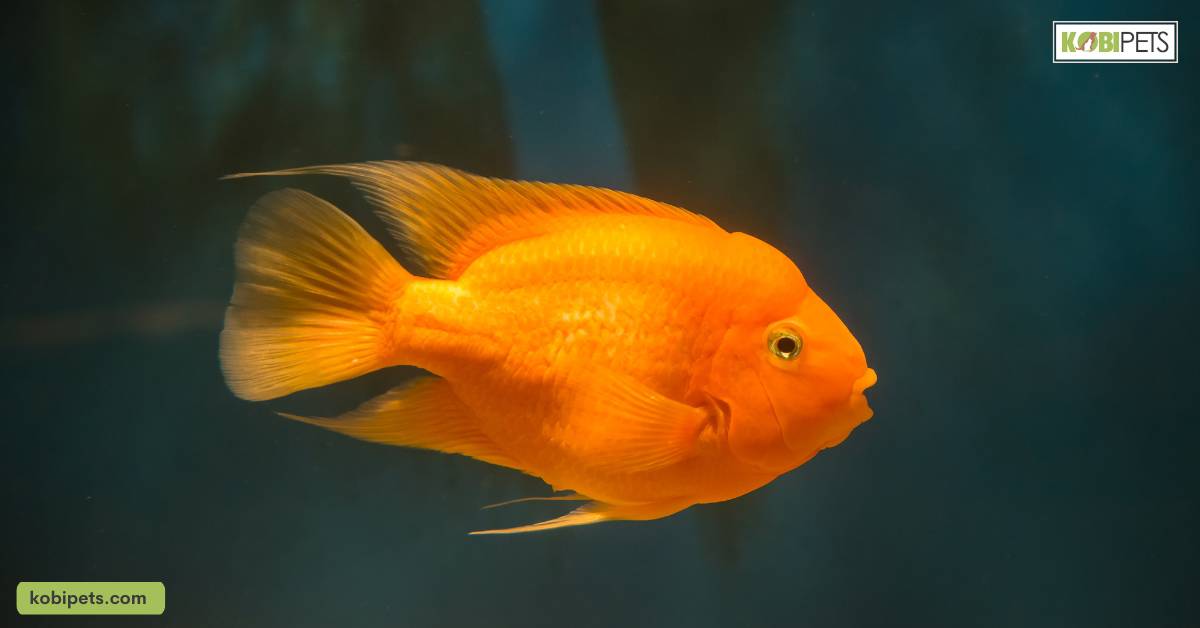
In conclusion
Through their unique characteristics, the Blood Parrot Cichlid Fish Species can be a fun addition to any aquarium. However, it is important to understand that despite their hardy nature and resilience to disease, they still require proper care and attention for optimal health.
Furthermore, potential owners should ensure that the water parameters of their aquarium are appropriate before meeting any living being’s needs as these fish thrive best in waters with neutral or slightly alkaline pH levels and temps near 25 degrees Celsius.
Finally, considering that this species has an interesting history and many remarkable qualities, it is clear that if well-taken care of they can live relatively long lives while adding enjoyable diversity to any fish tank.


